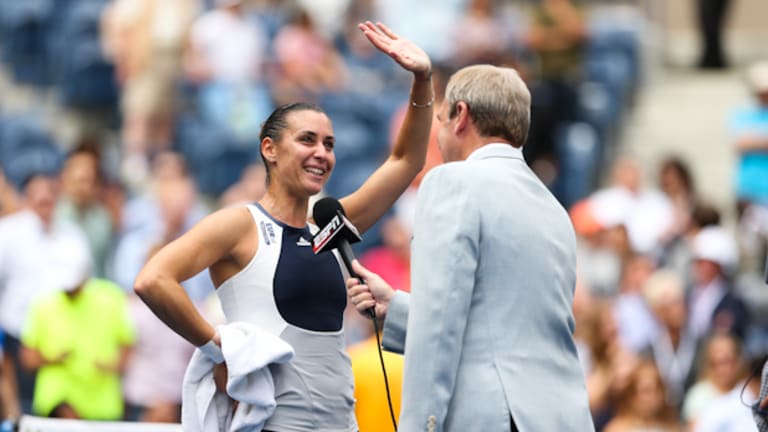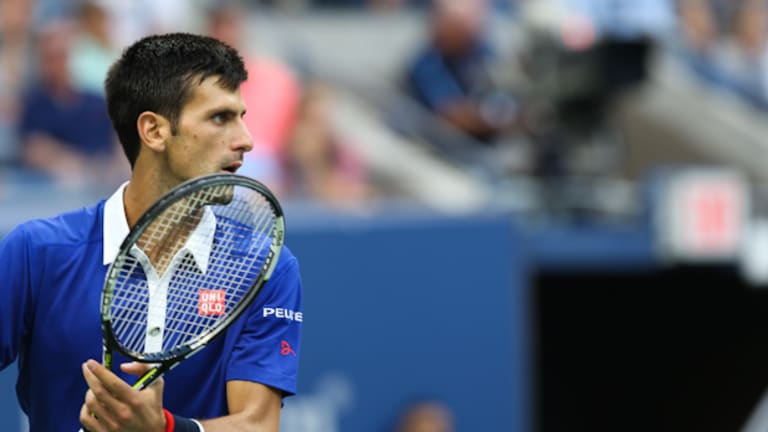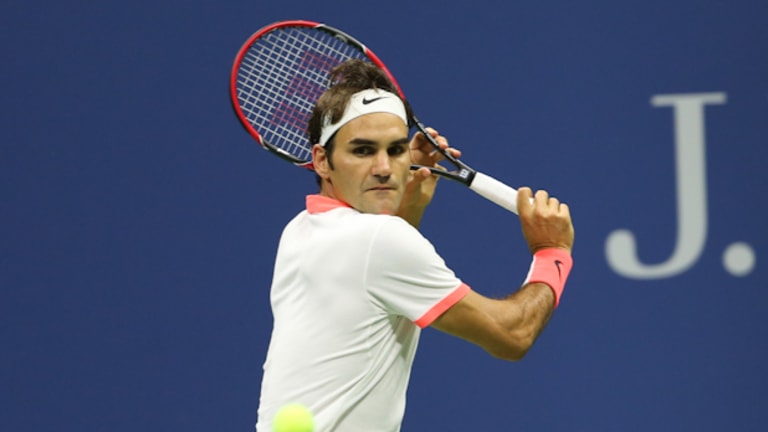NEW YORK—You already know what the big news was here on Friday. But Roberta Vinci’s stunning win over Serena Williams wasn’t the only stellar performance in Arthur Ashe Stadium. This will almost surely be the only time that the world No. 43’s performance overshadows outstanding ones by Novak Djokovic, Roger Federer, and Vinci’s better-known Italian countrywoman, Flavia Pennetta. In the interest of equal time, here’s a quick look at how Vinci’s three more famous colleagues advanced to the finals.
Cruising in the Shadows
By Sep 12, 2015Madrid, Spain
China's Wang Xinyu saves 10 match points in first-round Madrid win over Viktoriya Tomova
By Apr 24, 2024Pop Culture
Review: Plenty to be excited about in TopSpin 2K25, which successfully recreates the joy (and frustration) of tennis
By Apr 24, 2024Madrid, Spain
Fabian Marozsan saves 11 set points, wins pair of Madrid tie-breaks to defeat Aslan Karatsev
By Apr 24, 2024Pop Culture
Coco Gauff dishes on 'embracing adulthood' in TIME magazine's May cover story
By Apr 24, 2024Pick of the Day
Roberto Carballes Baena vs. Dominik Koepfer, Madrid
By Apr 24, 2024Madrid, Spain
Caroline Wozniacki stumbles in clay comeback, exits Madrid in nostalgic Errani match
By Apr 24, 2024Madrid, Spain
Rafael Nadal says he is not 100% fit ahead of Madrid debut and unsure about playing Roland Garros
By Apr 24, 2024Line Calls
ATP Mutua Madrid Open Betting Preview
By Apr 24, 2024Madrid, Spain
Despite jet lag, Sloane Stephens keeps winning in Madrid with big goals for clay swing
By Apr 24, 2024Cruising in the Shadows
In other news, Djokovic, Federer, and Pennetta were brilliant. Re
Published Sep 12, 2015
Advertising

Cruising in the Shadows
Advertising

Cruising in the Shadows
Advertising

Cruising in the Shadows
Advertising

Cruising in the Shadows